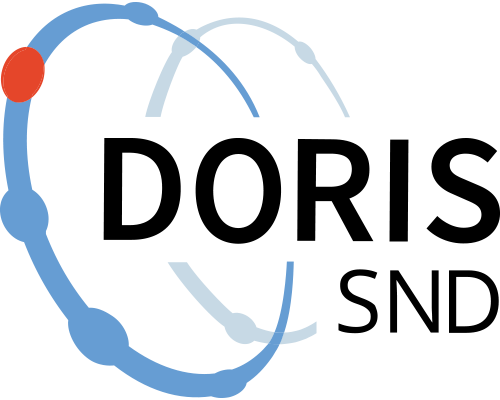Data for a novel infrared imager for studies of hydroxyl and oxygen emissions in the mesopause above northern Scandinavia
https://doi.org/10.5878/cn8x-d486
Data contain hydroxyl and molecular oxygen emission measurements as well as complementary measurements presented in the paper “A novel infrared imager for studies of hydroxyl and oxygen nightglow emissions in the mesopause above northern Scandinavia” submitted to Atmospheric Measurement Techniques in 2023. The data were obtained with a new infrared imaging system (OH imager) for studies of nightglow emissions coming from hydroxyl (OH) and molecular oxygen (O2) layers in the mesopause region (80–100 km) over Kiruna (Sweden).
File Fig2.xlsx contains data on 6 April 2023 shown in Figure 2 of the paper. The first column lists the time [UT, hours]. Raw intensities [digital numbers] of the atmospheric background, OH P1(2) and P1(4) lines are listed in the second, third and fourth column, respectively.
File Fig3.xlsx contains data on the night 6/7 April 2023 shown in Figure 3 of the paper. The first column lists the time [UT, days]. The second column lists the dark-current noise [digital number].
File Fig4.xlsx contains OH(3-1) rotational temperature measurements made on the night 2/3 February 2023 shown in Figure 4 of the paper. The date and time (UT) are shown from the first to sixth column. The OH (3-1) rotational temperature [K] above Esrange is presented in the seventh column.
File Fig5.xlsx contains OH(3-1) rotational temperature measurements shown in Figure 5 of the paper. The first column contains Day of Year 2023. The OH (3-1) temperature [K] above Kiruna and its standard deviation [K] are listed in the second and third column, respectively.
File Fig6.ncOpens in a new tab is a NETCDF4 format file (https://www.unidata.ucar.edu/software/netcdfOpens in a new tab). It contains maps around Kiruna of airglow emission intensities and temperature obtained by the OH imager on 16 February 2023. Intensities of the OH (3-1) P1(2) and P1(4) lines are given in the Rayleigh. Intensity of the O2 IR A-band at 1268.7 nm is given in a relative unit. The OH (3-1) rotational temperature at around 87 km altitude is in Kelvin. A detailed description of all the parameters is given in the metadata to Fig6.ncOpens in a new tab. The file can be read in Matlab, Python or other scientific software.
File Fig7.xlsx contains OH(3-1) rotational temperature measurements shown in Figure 7 of the paper. The first column contains Day of Year 2023. Daily mean OH (3-1) temperature above Kiruna and its standard deviation are listed in the second and third column, respectively.
File OH_imager_video_160223.avi contains a video sequence of the intensities and temperature maps on 16 February 2023 shown in Fig.6 of the present paper. The video demonstrates a motion of atmospheric gravity waves of various scales, preferentially moving from the south-west to the north-east.
Data files
Data files
Documentation files
Documentation files
Citation and access
Citation and access
Data access level:
Creator/Principal investigator(s):
Research principal:
Principal's reference number:
- 216
Data contains personal data:
No
Citation:
Language:
Method and outcome
Method and outcome
Data collection - Measurements and tests
Data collection - Measurements and tests
Geographic coverage
Geographic coverage
Administrative information
Administrative information
Topic and keywords
Topic and keywords
Metadata
Metadata
Version 1

Swedish Institute of Space Physics